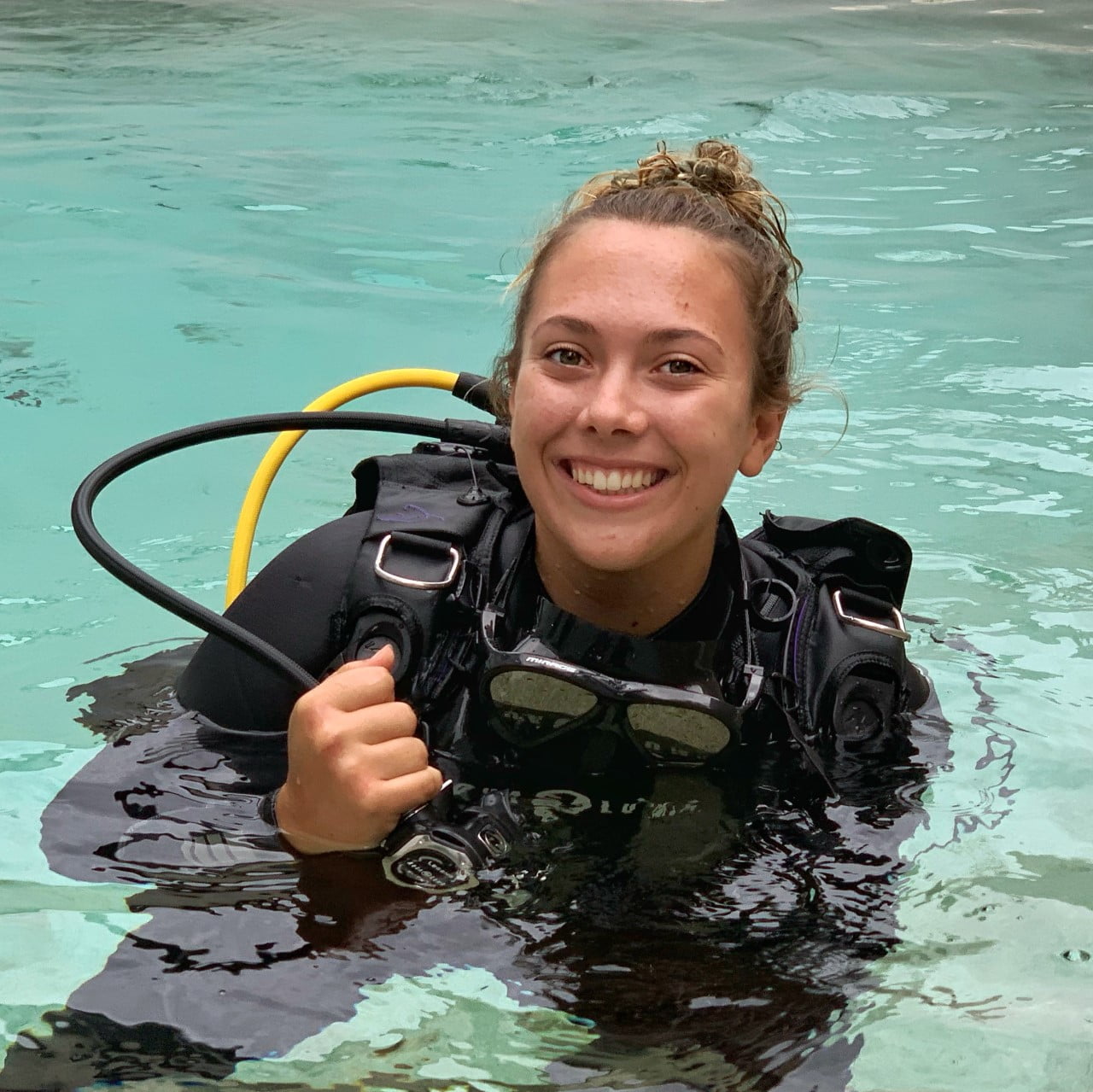
Why Scuba Divers Should Try Freediving: A Personal Perspective from an Scuba diving and Freediving Instructor
Hey everyone, I’m Matt, co-director of OceanSense Freediving here on the Sunny Coast. Over the

Getting Ready for Diving This Winter
You might think … why dive in cold water? The answer is simple… EVERYTHING is better!
During the winter months on the Sunshine Coast the land temp can get down to about 14C during the day + wind chill. The water temperature is currently 25C and dropping. Over the years of collecting data, the coldest period is in July and August where the water temp is 18 – 19 degrees.
Many divers choose to continue diving during the colder seasons because all aspects of diving improves. This includes;
VISIBILITY
Better visibility. During winter months plant and algae development decreases due to lower water temperatures. The light winds during the winter months contribute to clearer water.
ANIMALS
Here on the Sunshine Coast winter brings the fascinating Grey Nurse sharks. This is for sure something you want to put on your bucket list of marine animals to encounter. These gentle giants congregate around our Local reef sites as breeding areas during winter time. We have renamed our Shark Dive site NURSE ROCK.
WEATHER
Summer time generally brings heavy rain, storms, strong winds and big ocean swells. Winter is usually the opposite it bring clear skies, sunshine and happy divers on dive boats.
So how do you stay warm underwater? Many divers are now thinking about how they can stay warm and comfortable during winter.
The most important thing you should be looking into is your level of thermal protection. Without proper thermal protection, you can put yourself at serious risk of injury. Hypothermia is the condition in which the bodies temperature drops below the normal level for metabolism and body functions. When the body is exposed to cold, and it cannot replenish the heat being lost from the core temperature through internal mechanisms, hypothermia can then set in.
Of course, everyone you talk to will have their own little tips and tricks regarding keeping warm. Over my time as a dive professional I have heard and seen everything from hot water down the wetsuit, heat packs in your boots, battery heat powered vests, and the classic “just pee in your wetsuit”.
Maybe they work, maybe they don’t.. What you will start to hear the Scuba World dive team talk about and mention is the term “diving dry”, this relates to diving is a drysuit, and if you don’t want to experiment with all those “tips and tricks” this one definitely works.
A drysuit is exactly what is sounds like. The main difference between a drysuit and a wetsuit is that a drysuit is designed to prevent water entering, everything apart for the face and hands stay completely dry. The temperature of the water will determine how much thermal clothing will need to be worn beneath the suit. This thermal protection is called an undergarment.
Now is the ideal time to learn how to use a dry suit. Be sure to ask us about the range of drysuits we stock how to try one out.
So what are you waiting for? If you are interested in diving dry contact us on 5444 8595 or info@scubaworld.com.au
Happy Diving

Leila Barnsley ~ Scuba World Instructor

Hey everyone, I’m Matt, co-director of OceanSense Freediving here on the Sunny Coast. Over the
Join us Thursday 30th Jan at 5:30pm to hear David Mullins talk about nudibranch defences
Dear members, I would like to take this opportunity to inform you about a few